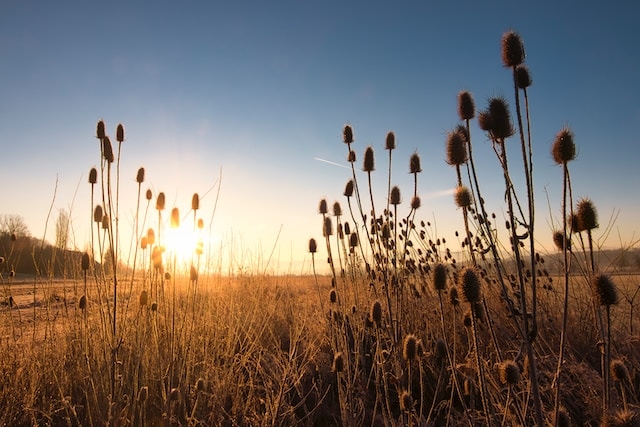
Throughout history, invasive plant and animal species that have been introduced to certain locations around the world have caused both micro and macro ecosystems to crumble. Without any natural predators, these new species are often left to cause irreversible damage that results in entire habitats being completely destroyed as well as communities being hampered with costly damage.
For those of you who don't know, an invasive species can be any kind of living organisms such as fish, insect, amphibian, fungus or plant that is introduced to an ecosystem that they are not part of and proceed to cause harm and/or damage to the surrounding environment, economy or human health. Species can also be classed as invasive if they grow and reproduce at a fast rate, spread aggressively and carry the threat of causing harm.
You can learn more about invasive species in our blog here:
What is an Invasive Species? >
Japanese knotweed is one of the best examples of how an invasive species introduced to a new ecosystem can cause incredible amounts of damage. From growing through concrete and disturbing building foundations to completely taking over gardens and railway lines, knotweed has continued to impact the lives of so many people up and down the country since it was first introduced way back in 1854.
Despite this, many still do not know what to do when it comes to handling invasive species, often leading to issues growing and becoming harder to deal with. As a result, the team here at Taylor Total Weed Control have come up with these useful guidelines to help you manage any sort of invasive species that you happen to come across on or near your property.
Invasive Plant Restrictions
When it comes to invasive plants, you must ensure you do not import, keep, reproduce, relocate, sell, grow or cultivate them by any means due to their ability to cause high levels of harm.
Exemptions do exist, however, if you fall under the following:
- you already have an invasive plant growing on your land as part of a private collections
- you obtain a permit or license to keep an invasive plant for particular reasons such as research or conversation
- are transporting them from your land to a facility to be destroyed
- you are still within time limits to sell them
Invasive Plants on Your Land
In the eyes of the law, if you are found to be planting or assisting in the spread of an invasive plant, you are committing on offence. However, if you happen to find an invasive plant growing on your land, in the view of the Department for Environment, Food and Rural Affairs (Defra), the plants are not considered to be intentionally kept or cultivated. You should then treat or dispose of the plant wherever possible as well as unintentionally allow them to spread from outside of your land.
If you decide to transport the invasive plant, you can only do so if you are taking it to a facility for it to be destroyed or possess one of the following:
If however, you possess invasive plants for private collections to display to others, you need to ensure the following signs are on-show that explains the following:
- how the plant can be contained and managed
- the risk the plant carries to other native plants and animals
- that the plant is in fact classed as invasive and what this means in terms of the law
All visitors to your site are permitted to not take seeds or cuttings from the plant and you must not sell, use or exchange it under any circumstances.
Selling & Buying Invasive Plants
You are only permitted to sell an invasive plant species for limited time periods if you are a business. This window is known as the 'transition period' as must fall within either 12 months of the date of listing if selling to the public or 24 months of the date of listing if selling to a location that possesses a valid permit.
For any invasive plants bought during the transition period, you do not require a license or permit. However, you must keep them in a contained facility where they cannot escape, reproduce or spread to other areas.
Invasive Species in the Wild
As mentioned above, if you find any invasive plants growing on your land, you are not required to remove it but you must ensure that you do not intentionally cultivate, grow or allow it to reproduce.
If you do find plants such as Japanese knotweed growing on your land, you should attempt to safely remove and dispose of it to avoid it from spreading and causing harm. You can do this yourself or by contacting professionals, such as ourselves to come to your property and eradicate the infestation in an effective way. Either through the application of specialised herbicides or excavation.
Penalties
If you happen to break any laws concerning invasive species, you may be subject to the following penalties depending on the seriousness of the offence. These include:
- a warning from local authorities
- a fine
- being served with a notice where you must take steps to fix any damage caused
- being sent to prison for a maximum of 3 months for a summary offence or 2 years for an indictable offence
These are the general guidelines that you should follow if you happen to come across or possess invasive plant species such as Japanese knotweed. For more information, be sure to get in touch with your local environment agency. Furthermore, if you require professional assistance in identifying and removing any invasive species from your land, be sure to fill out and submit the simple contact form below.
